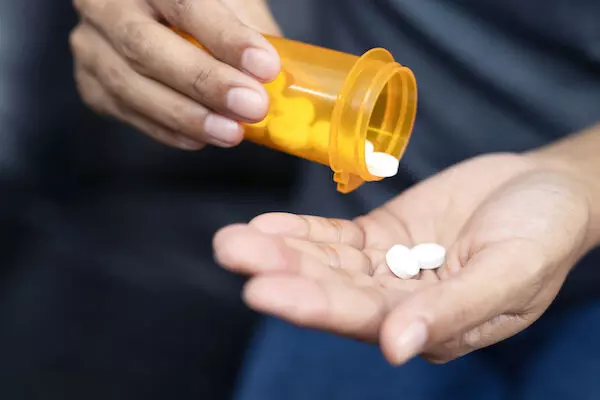Low-Dose Oral Minoxidil Effective as Higher Dose in Hair Regrowth: Study
- byDoctor News Daily Team
- 29 September, 2025
- 0 Comments
- 0 Mins

A new clinical trial published in theJournal of the American Academy of Dermatologyfound that a lower dose of oral minoxidil (2.5 mg daily) produced hair regrowth comparable to the standard 5 mg dose in men with androgenetic alopecia (AGA), while resulting in fewer adverse effects. The trial from Brazil enrolled 100 men aged 25 to 55 years (average age 39.5) with moderate to severe AGA, classified as Norwood-Hamilton stage 3V to 5V. After 24 weeks, 92 participants completed the study, split evenly between the 2.5 mg and 5 mg daily groups. At baseline, the 2 groups showed similar hair profiles where the 2.5 mg group started with a mean non-vellus (thicker, terminal) hair density of 144.7 hairs per square centimeter, and the 5 mg group had 146.1 hairs per square centimeter. Total hair density (both terminal and finer hairs) was slightly higher in the lower-dose group at 214.7 hairs/cm² when compared to 194.4 hairs/cm² in the higher-dose group. The primary goal was to measure changes in non-vellus hair density at the vertex, the crown area often most affected by male pattern baldness. Secondary measures included total hair density, dermatologist-assessed global photographs, self-reported improvement, and the frequency of side effects. At the 24-week mark, non-vellus hair density increased in both, with no statistically significant difference: the mean difference between the two doses was just 0.9 hairs/cm² (P = .403). Total hair density changes also mirrored each other closely, with only a slight, non-significant advantage in the higher dose group (mean difference, 3.6 hairs/cm²; P = .078). Independent dermatologists who assessed the clinical photographs rated improvement in 64% of men on 2.5 mg and 62% on 5 mg, again showing no meaningful gap (P = .386). However, men themselves perceived more benefit at the higher dose where 92% of participants taking 5 mg reported improvement when compared to 84% in the 2.5 mg group (P = .009). Adverse effects like pedal edema and dizziness were significantly more common in the 5 mg group (P = .024). Also, no substantial differences were observed in blood pressure or heart rate between the groups, addressing concerns about systemic cardiovascular risks associated with oral minoxidil. Fonseca, L. P. C., Miot, H. A., Chaves, C. R. P., & Ramos, P. M. (2025). Oral minoxidil 2.5mg vs 5mg for male androgenetic alopecia: A double-blind randomized clinical trial. Journal of the American Academy of Dermatology.https://doi.org/10.1016/j.jaad.2025.09.031
Disclaimer: This website is designed for healthcare professionals and serves solely for informational purposes.
The content provided should not be interpreted as medical advice, diagnosis, treatment recommendations, prescriptions, or endorsements of specific medical practices. It is not a replacement for professional medical consultation or the expertise of a licensed healthcare provider.
Given the ever-evolving nature of medical science, we strive to keep our information accurate and up to date. However, we do not guarantee the completeness or accuracy of the content.
If you come across any inconsistencies, please reach out to us at
admin@doctornewsdaily.com.
We do not support or endorse medical opinions, treatments, or recommendations that contradict the advice of qualified healthcare professionals.
By using this website, you agree to our
Terms of Use,
Privacy Policy, and
Advertisement Policy.
For further details, please review our
Full Disclaimer.
Recent News
Merck Keytruda wins European Commission nod for lo...
- 30 October, 2025
UP NEET 2025 round 3 allotment results postponed
- 30 October, 2025
Achin Gupta to succeed Umang Vohra as Cipla MD, GC...
- 30 October, 2025
Mumbai shocker: KEM Hospital doctor stabbed by col...
- 30 October, 2025
Daily Newsletter
Get all the top stories from Blogs to keep track.


0 Comments
Post a comment
No comments yet. Be the first to comment!